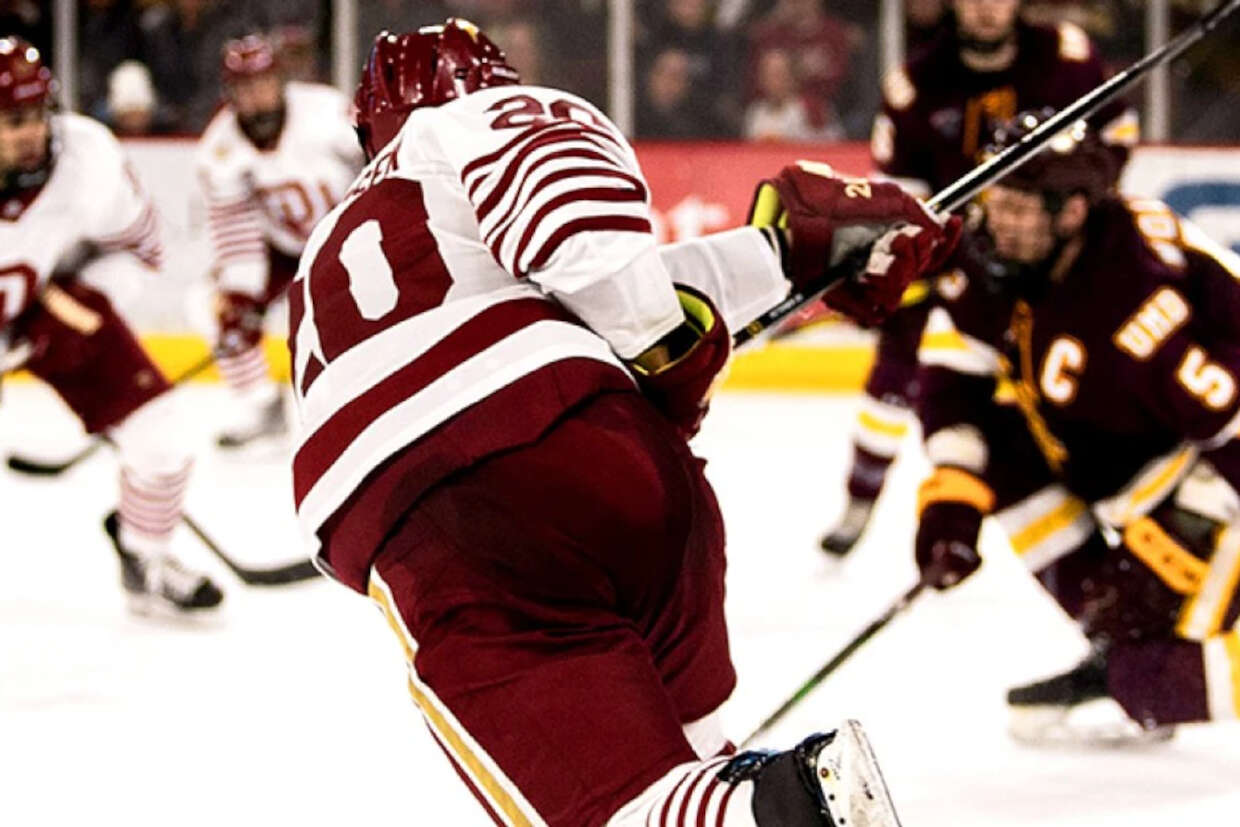
|
Digital media powerhouse COPA90 signalled its intent to produce more women’s soccer content at the beginning of this year with the appointment of Rebecca Smith as its first Global Executive Director of the Women’s Game. |
Smith explains that she believes there have been “multiple challenges” that have prevented the widespread creation and distribution of women’s football content but places a lack of investment at the heart of the issue.
“I think number one is that there’s been decision-makers who decided that there’s no audience for the women’s game and so make ill-informed decisions about women’s football,” she says. “It’s always an afterthought, so women’s football has never been part of the definition of football, and that’s where we completely want to change that.
“We have to break through that cycle, and you have to look at the women’s game like a startup. You have to properly invest and put a strategy behind it and proper resources, and I’m not just talking about money; I mean the right people, the right brains, and figure out how you’re going to properly invest in it and get a long-term return back from it.”
COPA90 did just that during the 2019 FIFA Women’s World Cup. Smith revealed in July that around 80% of the company’s coverage throughout the summer would be focused on the competition in France, shining a light on players that have not yet been afforded mainstream visibility.
And while a publisher like COPA90 might not have had the rights to live games, its influence in the digital world – the company boasts 1.8 million YouTube subscribers – meant it was able to build the profile of female soccer players by posting non-live content across various online platforms. “I think it plays a massive role,” says Smith, commenting on digital’s influence in developing women’s soccer. “I think digital is a really good way to cut through all of it and go: ‘actually, we’re going to make these players icons.’
“The women’s game has almost been born through digital – less so through traditional broadcast. Obviously, we saw amazing numbers and the BBC really backed it in the UK, and Fox Sports has always backed it since the last edition of the World Cup in Canada. But I think globally, where you’re going to get the most pick up and drive is probably through digital, but it has to play in the same space as broadcast as well because that’s where a lot of the investment comes from.”
Given the positive engagement and response, COPA90 had to its Women’s World Cup coverage, it is unsurprising to find that Smith considers this only the beginning of the company’s mission to help grow the game. Just how much is COPA90 planning to invest in women’s soccer content in the future?
“A lot, it’s a lot,” Smith says. “Women’s football is football. For us it’s included in the definition of football, it’s been ignored for so long, and now we just want to change it so it is included in how we look at football.”
For more insider insights from industry leaders at the International Netball Federation and The Football Association (The FA), why not download our exclusive report: Content is Queen; Digital Lessons from Women’s Sports.



